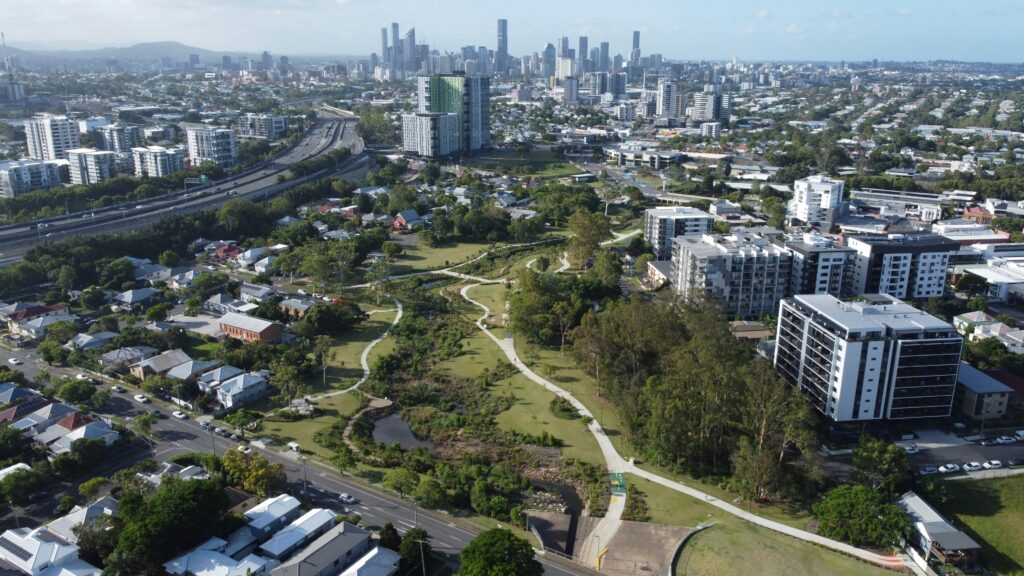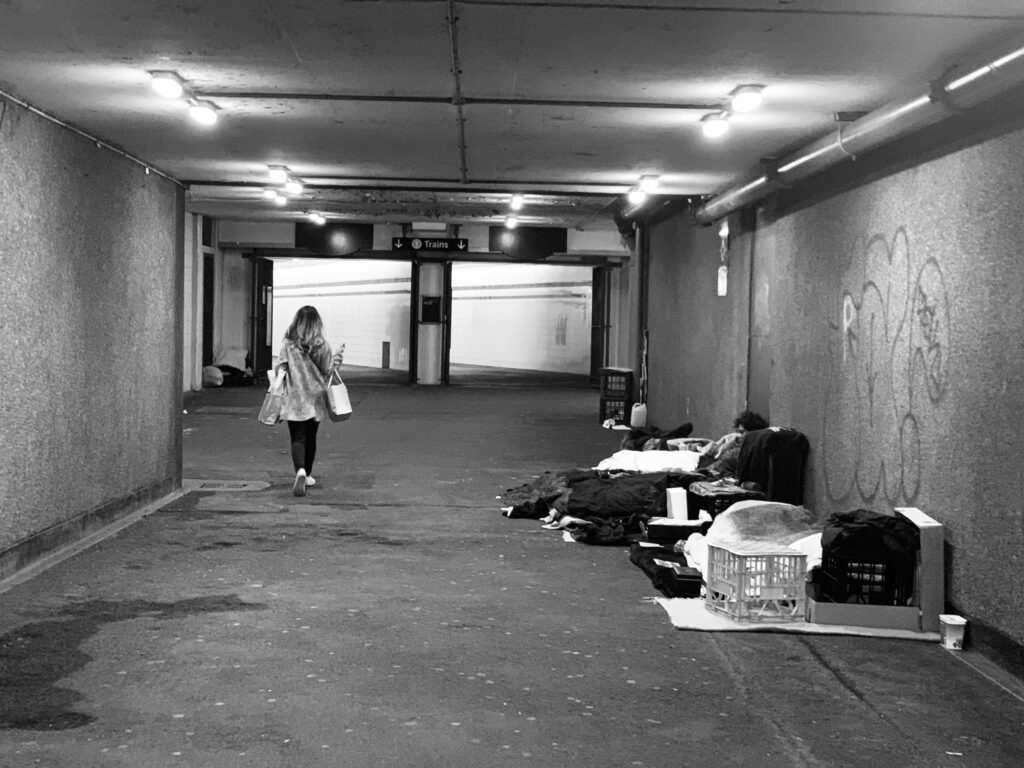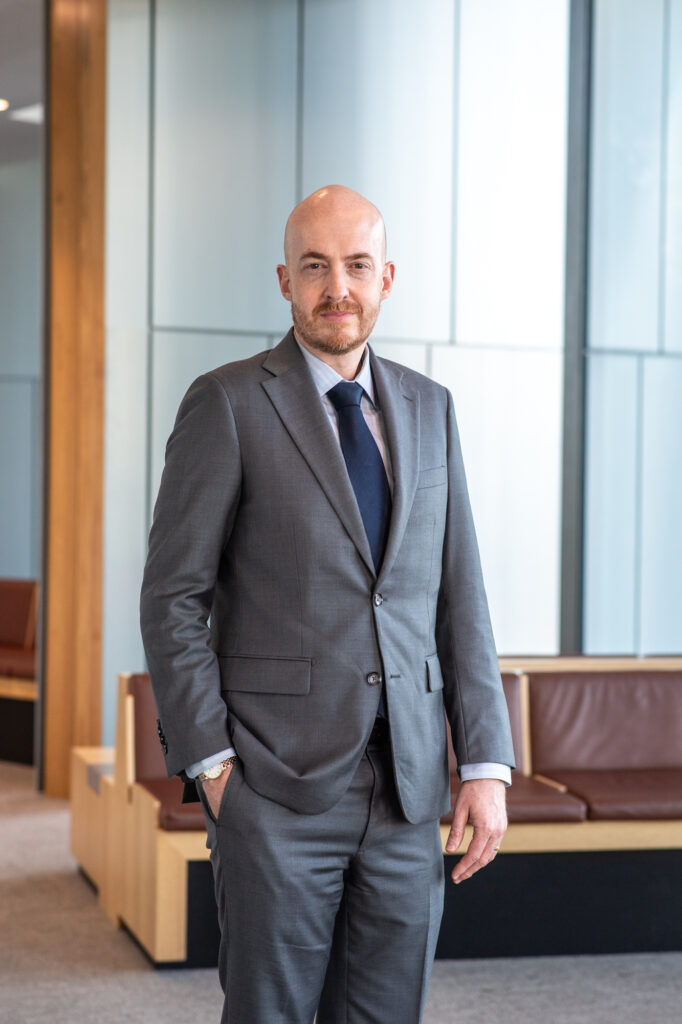This post is the first in a series of academic posts examining Queensland’s Liberal National Party’s ‘adult crime, adult time’ policy. The posts are designed to ignite thoughtful discussion and debate. Associate Professor Andrew Hemming begins the conversation with a provocative analysis, with Mrs Kirstie Smith set to offer her response in the following post.
By Associate Professor Andrew Hemming, University of Southern Queensland
Introduction: A Policy That Doesn’t Go Far Enough
David Crisafulli’s announcement of the Queensland Liberal National Party’s ‘adult crime, adult time’ policy to combat youth crime has one major limitation: it does not go far enough. The stumbling block is the misleadingly entitled Youth Justice Act 1992 (Qld) which is essentially a ‘get out of jail free card’ to Queensland’s youth. The legislation is based on the outdated neuroscience that juvenile offenders should face lesser sentences than adults because they are liable to make irrational decisions on account of peer pressure and emotional immaturity causing them to engage in high-risk behaviour.

Outdated Neuroscience: A Flawed Foundation for Youth Sentencing
The most recent neuroscience (2022) emanating from the United States is focused on the teenage brain. The old assumption that adolescents were risk machines lacking the decision-making powers of a fully developed prefrontal cortex is being challenged:
There is growing recognition that what was previously seen as immaturity is actually a cognitive, behavioral, and neurological flexibility that allows teens to explore and adapt to their shifting inner and outer worlds.
Zara Abrams, ‘What neuroscience tells us about the teenage brain’ (2022) 53(5) American Psychological Association 66.
This means that neuroscientists are now not viewing the developing brain as broken, immature or contributing to problematic behaviour, but rather as ‘malleable, flexible and promoting many positive aspects of development in adolescence’ (ibid, Abrams).
The Inadequacies of the Youth Justice Act: Protecting Offenders, Not Victims
The inadequacies of the Youth Justice Act are fundamental, commencing with the definition of a child as a person under 18 years of age. As a society, we are prepared to allow a young person to be in unsupervised control of a motor vehicle, a potentially lethal weapon, at 17 years of age, but are content to leave the age of adult criminal responsibility at 18 years of age. Why?
Perversely, under the Youth Justice Act young offenders cannot be identified, yet many seek celebrity status by boasting and posting videos on social media about their successes in stealing cars, destroying other people’s property and the like. Why should the identity of such blatant amoral publicity seekers be protected?
Case Studies: The Price of Leniency
David Crisafulli declared that the soft policing of teenagers and a dearth of serious consequences after committing serious crimes had created ‘a generation of untouchables’. Crisafulli is correct in his assertion. For example, under s 183(1) of the Youth Justice Act the default position is that ‘a conviction is not to be recorded against a child who is found guilty of an offence’. Under limited circumstances, a conviction may be recorded at the discretion of the court.
Similarly, under s 155 of the Youth Justice Act, mandatory sentence provisions in any other Queensland legislation are inapplicable and the court must disregard them. If an adult is found guilty of murder, under s 305 of the Criminal Code 1899 (Qld), the mandatory sentence is imprisonment for life with a non-parole period of 20 years. However, if a 17-year-old is convicted of murder, s 155 of the Youth Justice Act requires the court to disregard s 305 of the Criminal Code 1899 (Qld). In its place, s 176(3)(a) of the Youth Justice Act sets out the default position for a life offence of a period of imprisonment of not more than 10 years. Only if the court considers the offence ‘to be a particularly heinous offence having regard to all the circumstances’ may the court sentence a ‘child’ murderer to more than 10 years imprisonment. The teenager aged 17 years and 8 months when he murdered Emma Lovell was found by the court to have committed a particularly heinous offence and was given a head sentence of 14 years imprisonment but is only required to serve 70 per cent of that in custody and will be released in 2032.
A further high-profile example of the leniency of the court when sentencing two juvenile offenders under the Youth Justice Act can be seen in the violent knife attack on former rugby union great Toutai Kefu and his family in their Brisbane home in 2021. Before breaking into the Kefu home, one of the boys remarked: ‘If someone wakes up, just stab them’. Despite the judge finding the stabbing attack was particularly heinous, the two offenders were sentenced in June by Justice Peter Davis to seven and eight years respectively, but due to ‘special circumstances’ are only required to serve 50% of their sentences. To boot neither had a conviction recorded. Unsurprisingly, the Queensland Attorney-General Yvette D’Ath has lodged an appeal over the sentences on the ground they are manifestly inadequate, especially given the finding the offences were particularly heinous and in light of the maximum possible life penalty.
Critics of the ‘Adult Crime, Adult Time’ Policy: Missing the Mark?
After Crisafulli announced his ‘adult crime, adult time’ policy, the media gave prominence to the predictable chorus of disapproval from the usual sources. Queensland Council for Civil Liberties vice president Terry O’Gorman attacked the policy because the necessary supporting policy work had not been completed:
Law and Order slogans are one thing. Doing the hard work to fix Queensland’s juvenile justice system is quite another.
In the same vein, Queensland Law Society president Rebecca Fogerty said the policy would do little to address the systemic issues at the root of youth crime offending:
Calling for longer sentences in a struggling detention system will not fix the problem of youth crime. It will need to more overcrowding, more violence, more lockdowns, less education and less rehabilitation. This will compound the issues we know give rise to serious repeat offending.
Of course, in the eyes of such critics the blame is never to be attached to the individual violent youths involved in these serious offences, but on their disadvantaged backgrounds and their experience of domestic violence. Therefore, the proposed solution is always allegedly to be found in vast public expenditure on social housing, better schools, more welfare support systems and a myriad of programs all to be paid for by the long-suffering taxpayer.
It is unrealistic and disingenuous to pretend such massive public expenditure will ever eventuate and the community has lost patience with the endless revolving door policy of serial youth offenders. As the then Queensland Attorney-General, Shannon Fentiman observed in 2021:
We know that 46 per cent of youth crime is committed by a small group of recidivist offenders.
Ironically, existing Queensland government policies, such as school exclusions, are contributing to the problem. There is a documented progression whereby short informal exclusions develop into longer, formal suspensions because exclusionary school discipline does not address the wider factors underlying the anti-social behaviour of children and can reinforce such behaviour (Inquiry into Suspension, Exclusion and Expulsion Processes in South Australian Government Schools, Final Report, The Centre for Inclusive Education, 26 October 2020). Exclusionary school discipline contributes to the ‘school-to-prison pipeline’.
Conclusion: Repealing the Youth Justice Act—A Necessary Step
Any proper risk analysis points to one sensible conclusion: the need to take such violent offenders out of circulation in the community for which they clearly have no respect. The alleged outcomes outlined by Fogerty will not eventuate if suitable additional youth detention centres are built, which does represent expenditure the community will support. Belatedly, the Queensland government has recognised this reality by finally committing to build two new youth detention centres in Woodford and Cairns, while also constructing the Wacol Youth Remand Centre which is scheduled to open at the end of 2024.
In sum, the Youth Justice Act 1992 (Qld) needs to be repealed and more appropriate legislation introduced. Youth justice does not equal victim justice under the current Youth Justice Act.
Author

Andrew Hemming is an Associate Professor in Law at the University of Southern Queensland, based at the Toowoomba campus. A seasoned teacher and prolific author, he specialises in evidence and criminal law.
Andrew is known for his rigorous scholarship and passion for engaging in robust debate.






















Recent Comments